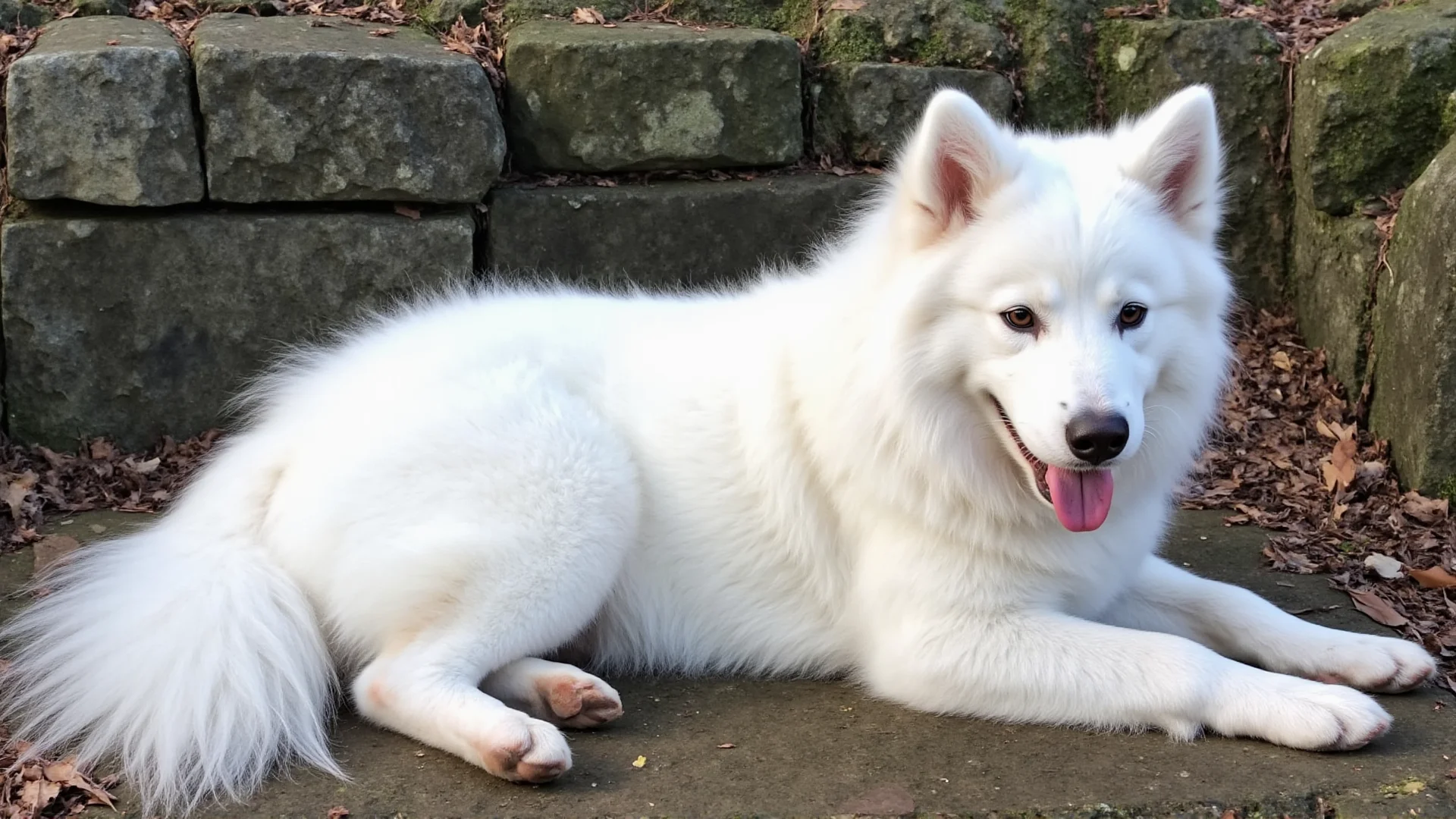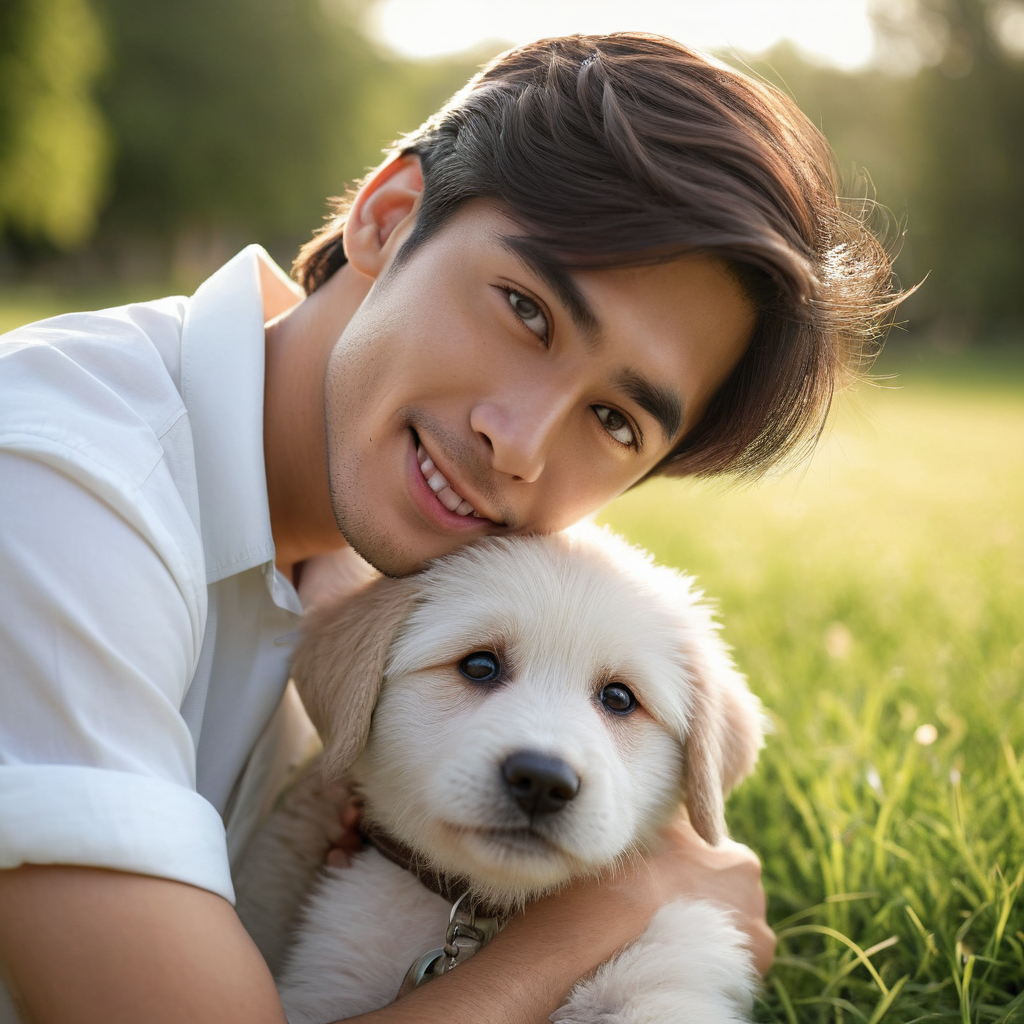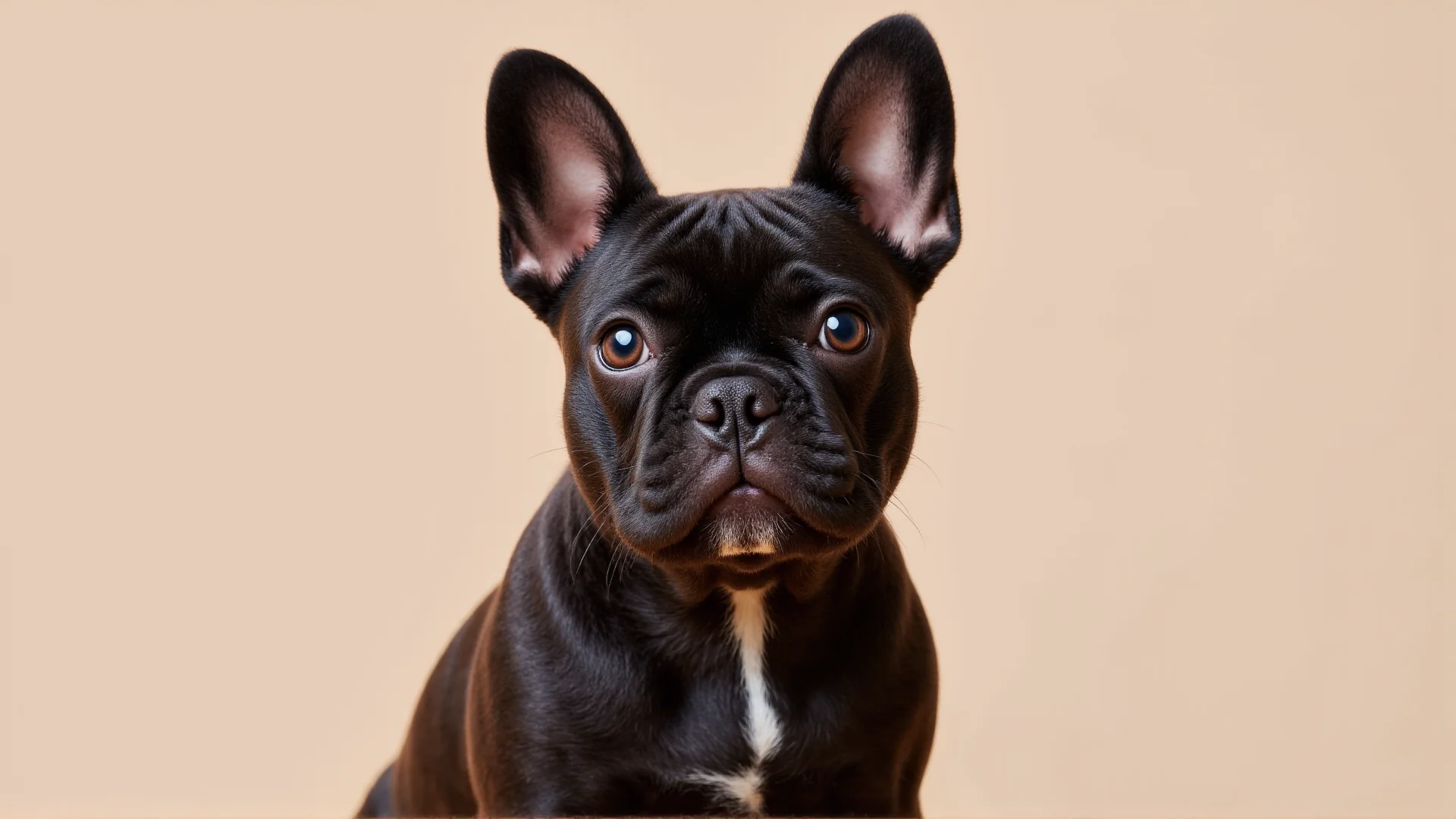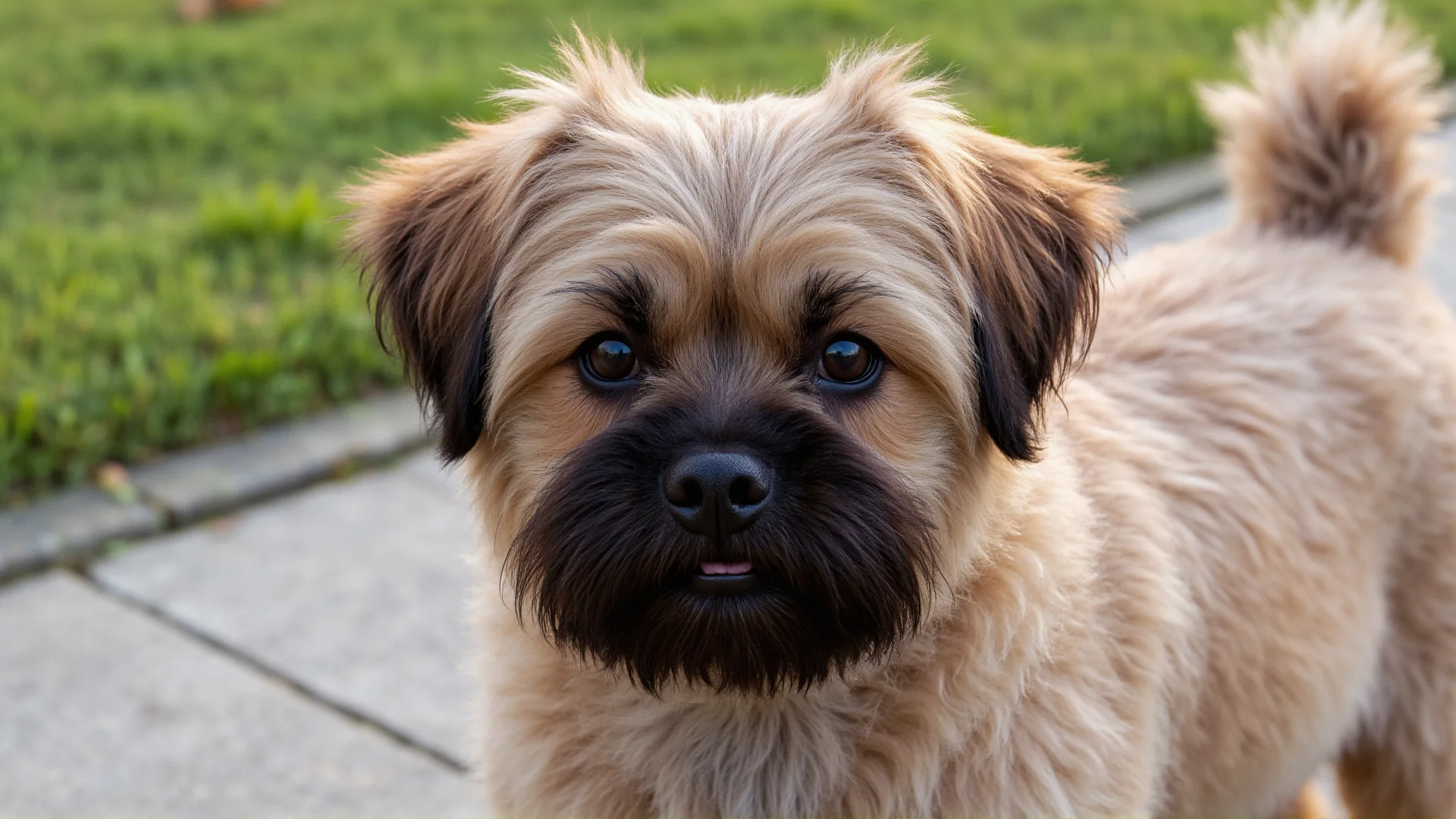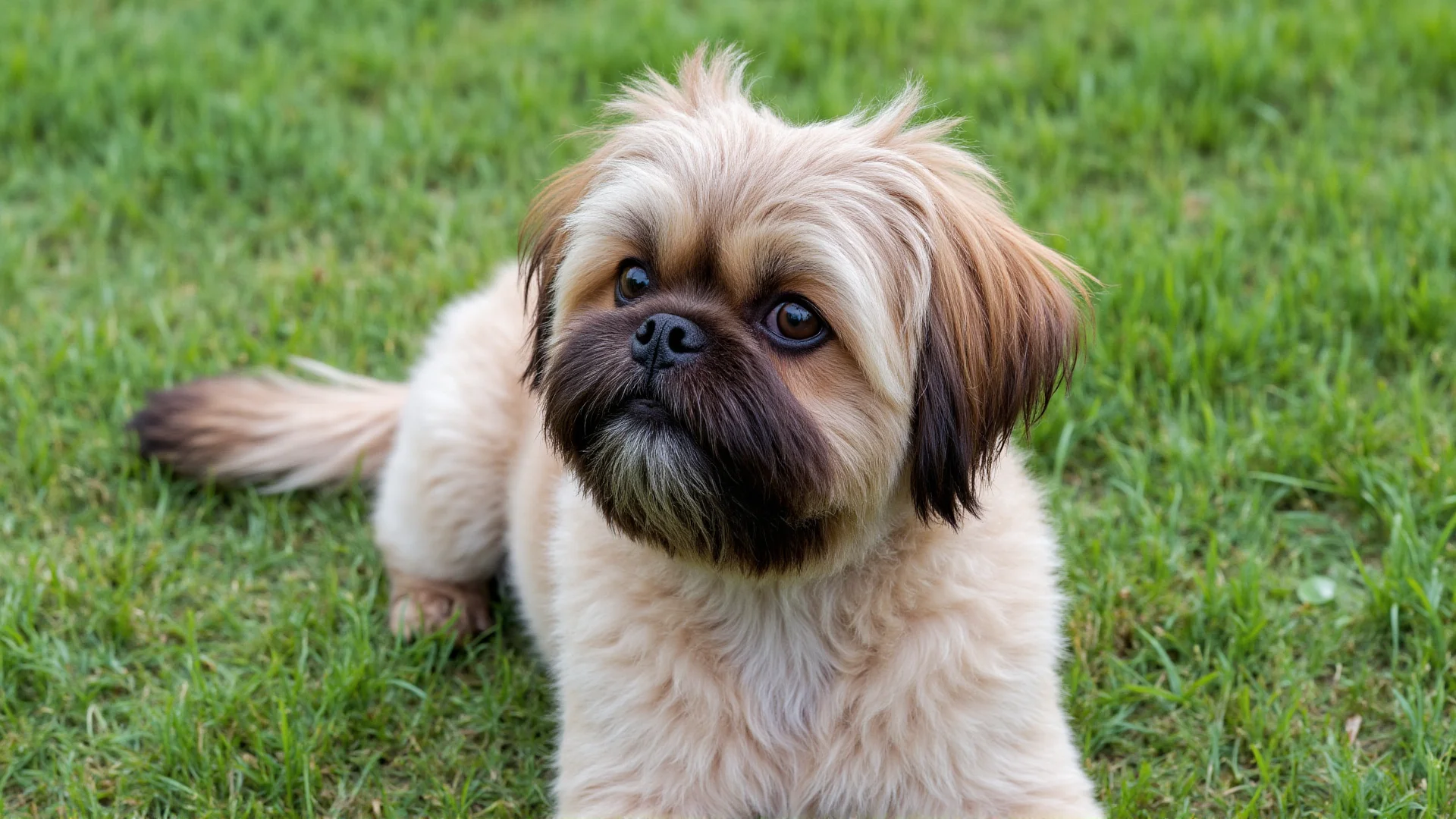The American Eskimo Dog: A Complete Guide to This Remarkable Arctic Breed
The American Eskimo Dog, with its pristine white coat and fox-like expression, stands as one of the most captivating members of the Arctic spitz family. Despite its name, this breed has no direct connection to Eskimo culture but rather descended from European spitz breeds brought to America by German immigrants. Today, the "Eskie" continues to charm families worldwide with its intelligence, loyalty, and striking appearance.
Origins and Arctic Heritage
The American Eskimo Dog's lineage traces back to the hardy spitz breeds of northern Europe, particularly the German Spitz and Keeshond. These Arctic-type dogs were originally bred to withstand harsh winter conditions, serving as versatile farm dogs, watchdogs, and companions in challenging climates.
During the early 20th century, these dogs gained popularity in American circuses due to their intelligence and trainability. The breed's name change from "German Spitz" to "American Eskimo Dog" occurred during World War I, reflecting anti-German sentiment of the era. The American Kennel Club officially recognized the breed in 1995, cementing its place in American dog culture.
Physical Characteristics: Built for the Arctic
American Eskimo Dogs come in three size varieties:
- Toy: 9-12 inches tall, 6-10 pounds
- Miniature: 12-15 inches tall, 10-20 pounds
- Standard: 15-19 inches tall, 25-35 pounds
Regardless of size, all Eskies share distinctive Arctic breed characteristics. Their double coat consists of a dense, woolly undercoat and a longer, coarser outer coat that provides exceptional insulation. The coat is always white or biscuit cream, with any other colors being disqualifying faults.
Their wedge-shaped head features erect, triangular ears and dark, almond-shaped eyes that convey intelligence and alertness. The breed's compact, well-balanced body reflects its working heritage, while the plumed tail carried over the back adds to their distinctive spitz silhouette.
Temperament: The Arctic Personality
American Eskimo Dogs embody many traits common to Arctic breeds. They are naturally alert and make excellent watchdogs, often announcing visitors with enthusiastic barking. This protective instinct stems from their heritage as farm guardians in harsh northern climates.
Intelligence ranks among the breed's most notable characteristics. Eskies excel in obedience training and dog sports, often learning new commands quickly. However, their intelligence comes with independence and occasional stubbornness typical of Arctic breeds. They require mental stimulation to prevent boredom-related behaviors.
With family members, American Eskimo Dogs are affectionate and loyal. They form strong bonds with their humans and can become protective of their territory and loved ones. Early socialization is crucial to ensure they develop appropriate social skills with strangers and other animals.
Exercise and Mental Stimulation Needs
As descendants of working Arctic dogs, American Eskimo Dogs require regular exercise and mental challenges. A typical Eskie needs at least 60 minutes of daily activity, which can include:
- Brisk walks or light jogging
- Interactive play sessions
- Agility training or dog sports
- Puzzle toys and mental games
- Swimming (many Eskies enjoy water activities)
During colder months, these dogs truly shine, often preferring outdoor activities in snow and cold weather over indoor lounging. Their Arctic heritage makes them particularly well-suited for winter sports and activities.
Grooming: Maintaining the Arctic Coat
The American Eskimo Dog's beautiful double coat requires consistent maintenance. Regular grooming not only keeps them looking their best but also supports their health and comfort.
Daily and Weekly Care
Brush your Eskie at least three times per week using a slicker brush and metal comb. During shedding seasons (typically spring and fall), daily brushing becomes essential to manage the increased hair loss. Pay special attention to areas prone to matting, including behind the ears, under the legs, and around the tail.
Bathing should occur every 6-8 weeks or as needed. Use a high-quality dog shampoo and ensure thorough rinsing to prevent skin irritation. The breed's white coat shows dirt easily, but surprisingly, it often self-cleans as the outer guard hairs repel dirt and debris.
Seasonal Considerations
American Eskimo Dogs "blow" their coats twice yearly, shedding massive amounts of undercoat. During these periods, daily brushing and possible professional grooming help manage the process. Some owners opt for light trimming around the feet and sanitary areas, but the breed should never be shaved, as their double coat provides essential temperature regulation.
Training Your Arctic Companion
Training an American Eskimo Dog requires understanding their Arctic breed mentality. These dogs are intelligent but independent, traits that served their ancestors well in harsh northern environments but can present challenges in modern training scenarios.
Early Socialization
Begin socializing your Eskie puppy as early as possible. Expose them to various people, animals, sounds, and environments while maintaining positive experiences. Arctic breeds can be naturally suspicious of strangers, making early socialization crucial for developing a well-adjusted adult dog.
Positive Reinforcement Methods
American Eskimo Dogs respond best to positive reinforcement training methods. Use high-value treats, praise, and play as rewards for desired behaviors. Avoid harsh corrections or punishment-based methods, which can damage the trust essential for training success with this sensitive breed.
Focus on these fundamental commands:
- Recall: Essential for safety, especially given their alert nature
- Stay/Wait: Helps manage their enthusiasm and excitement
- "Quiet" command: Important for managing their watchdog tendencies
- Leash manners: Crucial for safe and enjoyable walks
Health Considerations for Arctic Breeds
American Eskimo Dogs are generally healthy, but like all breeds, they're prone to certain health conditions. Understanding these potential issues helps owners provide appropriate care and early intervention when necessary.
Common Health Concerns
Hip Dysplasia: While more common in larger breeds, Eskies can develop this joint condition. Maintain appropriate weight and provide regular, moderate exercise to support joint health.
Progressive Retinal Atrophy (PRA): This inherited eye condition can lead to vision loss. Responsible breeders test for PRA to reduce its occurrence in breeding lines.
Luxating Patella: Kneecap dislocation occurs more frequently in smaller varieties. Watch for signs of limping or difficulty walking.
Legg-Calvé-Perthes Disease: This hip joint condition primarily affects toy and miniature varieties, typically appearing in young dogs.
Preventive Care
Regular veterinary checkups, appropriate vaccination schedules, and preventive treatments for parasites form the foundation of good health care. Maintain your Eskie at an appropriate weight, as excess pounds strain joints and organs.
Dental care deserves special attention, as smaller varieties are particularly prone to dental issues. Brush teeth regularly and provide appropriate dental chews to support oral health.
Living with an American Eskimo Dog
American Eskimo Dogs adapt well to various living situations, from apartments to large homes with yards. However, their exercise needs and vocal nature require consideration in housing decisions.
Climate Considerations
Their Arctic heritage makes Eskies naturally suited for colder climates. They often prefer cooler weather and may seek shade or air conditioning during hot summer months. Provide adequate cooling options and avoid intense exercise during peak heat hours.
Never shave an American Eskimo Dog's coat, even in hot weather. Their double coat provides insulation against both cold and heat, and shaving disrupts this natural temperature regulation system.
Family Life
These dogs generally do well with children, especially when properly socialized from puppyhood. Their size varieties make them suitable for families with different space constraints, though all Eskies require consistent exercise and mental stimulation regardless of size.
American Eskimo Dogs can coexist with other pets when introduced properly, though their prey drive may make them chase smaller animals. Early socialization and proper introductions help establish peaceful multi-pet households.
The Arctic Spirit in Modern Times
Despite their adaptation to modern family life, American Eskimo Dogs retain many characteristics of their Arctic ancestors. They remain alert, intelligent, and independent while forming strong bonds with their human families. Understanding and appreciating these Arctic breed traits helps owners develop realistic expectations and appropriate care strategies.
Whether serving as loyal companions, therapy dogs, or canine athletes in dog sports, American Eskimo Dogs continue to demonstrate the versatility and hardiness that made their ancestors valuable partners in harsh northern climates. Their striking appearance and engaging personalities ensure their continued popularity among dog enthusiasts who appreciate the unique qualities of Arctic breeds.
For those considering adding an American Eskimo Dog to their family, prepare for a rewarding relationship with a dog that embodies intelligence, loyalty, and the enduring spirit of the Arctic breeds. With proper care, training, and understanding of their unique needs, these remarkable dogs make exceptional companions for the right families.
